Kosovo became a kind of magic word, after the war in former Yugoslavia. It was constantly on the news, but very few people understood what the complex issues really were. 2015 I met the first “real” people from Kosovo, MEPs from Vetëvendosje during a meeting Vienna. It was then that my interest in this tiny country grew more intense. When Ulrike Lunacek, presented her book „Frieden bauen, heißt weit bauen“ (Building peace, means building wider) in 2018, I simply knew I had to travel there. It took three more years until I set foot on Kosovo’s soil on a hot summer day in July 2021. Twenty years after Kosovo declared itself independant from Serbia it is not even recognized by all EU-memeber states, mainly those who have issues with minorities in their own countries, like Spain, Romania, Slovakia, Cyprus and Greece. The main problem: Serbia still sees Kosovo as a part of Serbia, especially in the north of the country the population is predominantly Serbian.
The first sentence I heard and never forgot was when I checked into my hotel in Pristina. “You can pay here with Euro, but we cannot travel to the EU without a visa” Prior to my trip I had contacted a MEP from Vetëvendosje , the party had previously won a land-slide victory in the national elections. Albin Kurti had become president and I could not wait to hear about their work. During my stay I met with many Vetëvendosje people from local and national levels.
I was also received by the Austrian Ambassador to Kosovo and we had a very interesting chat about the upcoming local election in Pristina and other cities in Kosovo.
Prishtinë, the capital is chocked with traffic, except the very center with its super long, tree-lined pedestrian mall. The restaurants and teahouses are busy all day. My favorite became the one next to the small theater and across the government building.
I did not expect an lot of attractions, but there are quite a few: some old mosques, a museum exhibiting mostly objects reminding the war and the Monument of Heroinat. it consists of 20,145 metal knows, one for each woman, who became a victim of rate during the war. Newborn stands for itself, it was inaugurated on the 17th of February 2008, the day Kosovo claimed independance from Serbia.
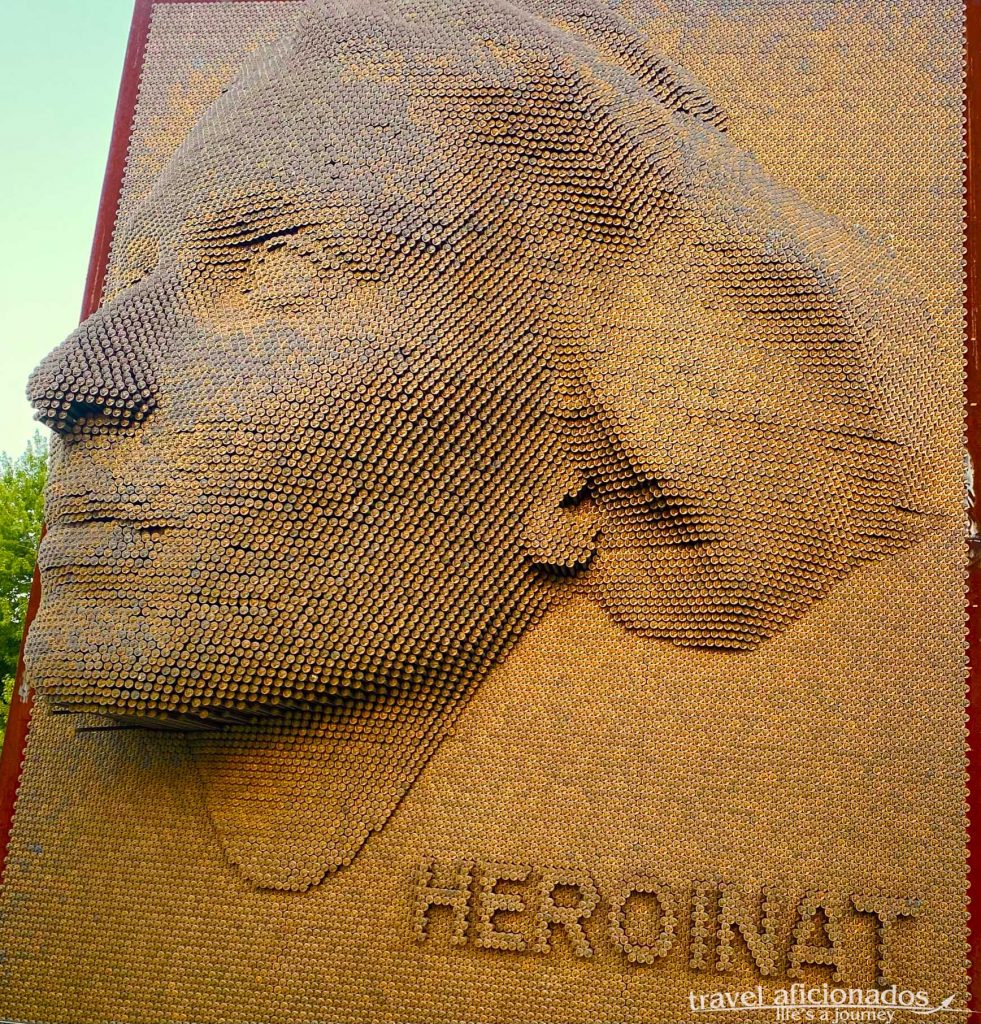
Monument of Heroinat. Each of the 20,145 metal knobs reminds of woman, who became a victim of rape during the war
And of course the Bill Clinton Statue, off the Bill Clinton Avendia. The USA is highly regarded in Kosovo, due to the role of the US in the Kosovo conflict in the nineties.
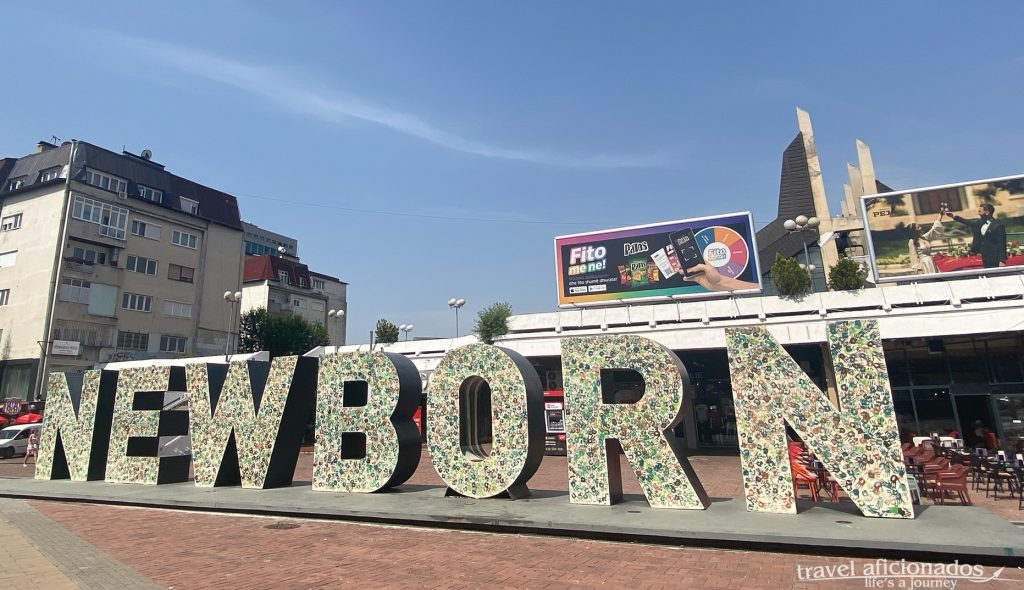
Newborn Monument – inaugurated on the 17th of February 2008, the day Kosovo claimed independance from Serbia
Also Austrians and Germans are highly regarded, many people have family there and the former Vice president of the European Parliament, Ulrike Lunacek, is highly respected for her devoted effort for this country.
The presence of flags, especially the Albanian flag, I found rather irritating, because the nationalism that goes along with such symbols. Giving the history of the country, not even accepted by half of the countries it developed a strong sense of belonging to Albania.
The architecture in Pristina is a wild mix, anything is possible, for example the library
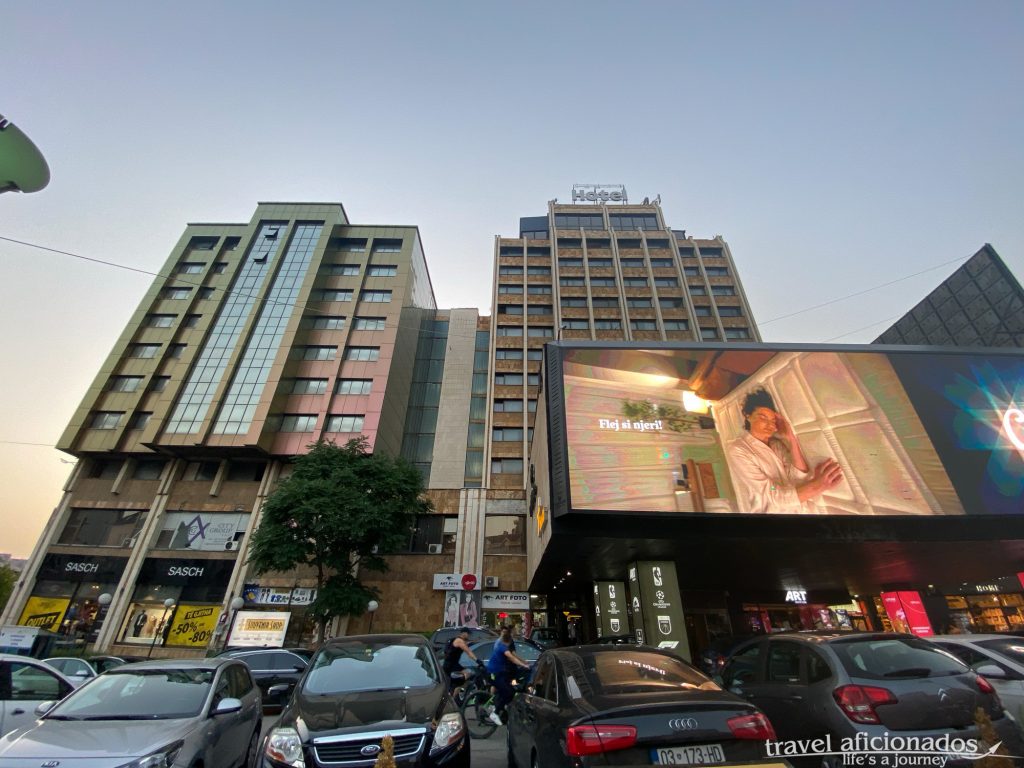
Grand Hotel Pristina – once the place to stay, no run down and its entree occupied by illegally parked cars
It was super hot when I was in Pristina, so one day I was so desperate moved to the most expensive hotel, the Hotel Garden for €106 a room because it has a huge pool. The place was packed with Diaspora-Kosovarians visiting relatives. You could hear all kinds of languages. The car park is full of Mercedes and BMWs and even fancier stuff. Somebody told me many of these are rentals to brag with when back home.
One day Fitore took me to Prizren, the old capital of Kosovo.The lovely riverbank lined with tea-houses and restaurants is a great place to spend the evening. The rest of the city is a traffic jam, maybe this was due to the many expats visiting with their huge cars. I was baffled constantly by the size of the cars that were parked everywhere, especially on sidewalks considering that Kosovo is poor country.

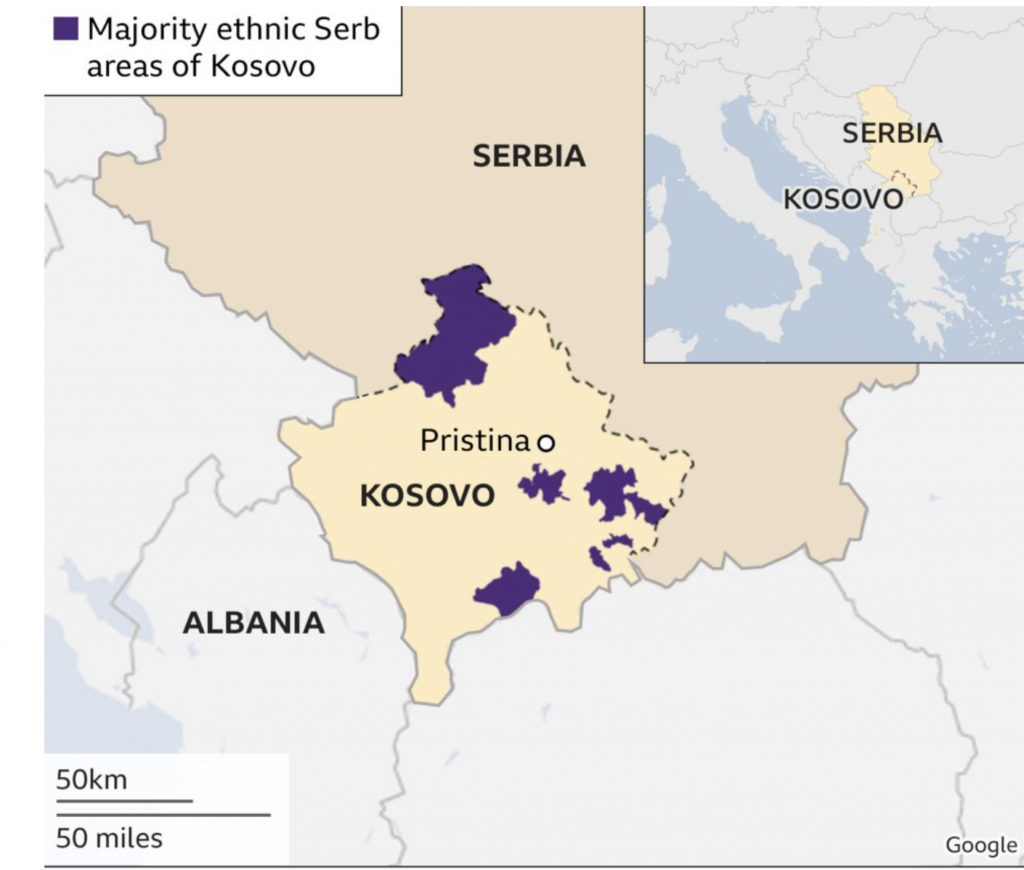
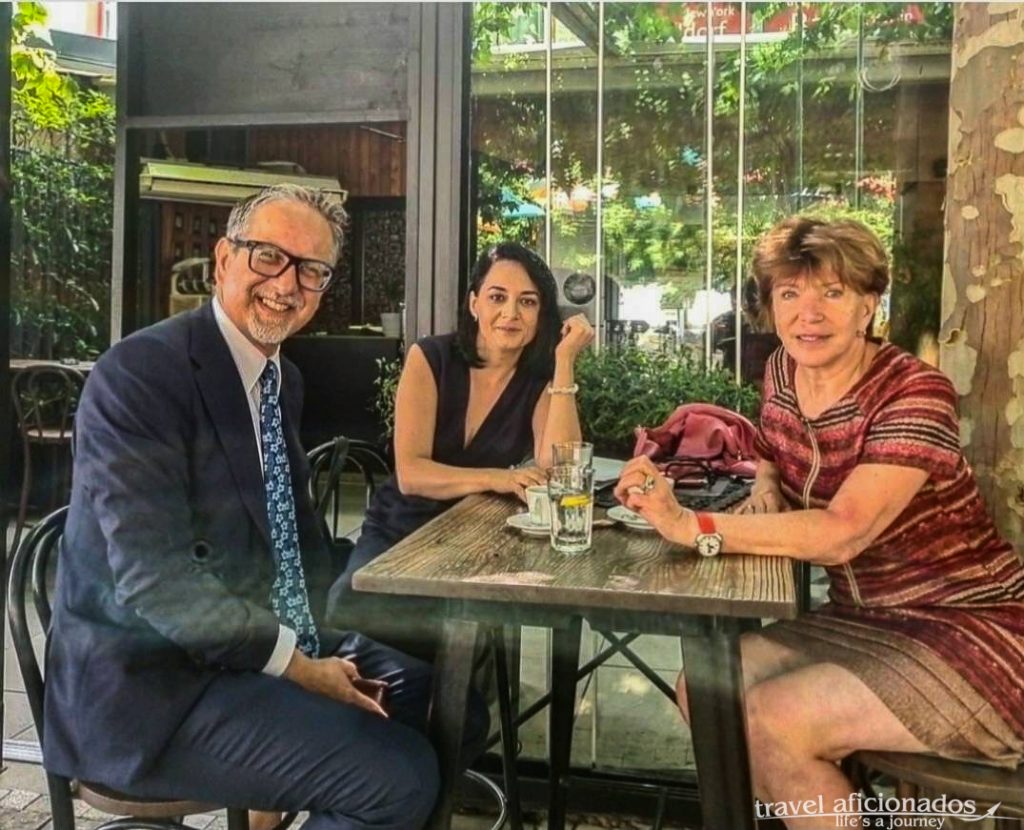
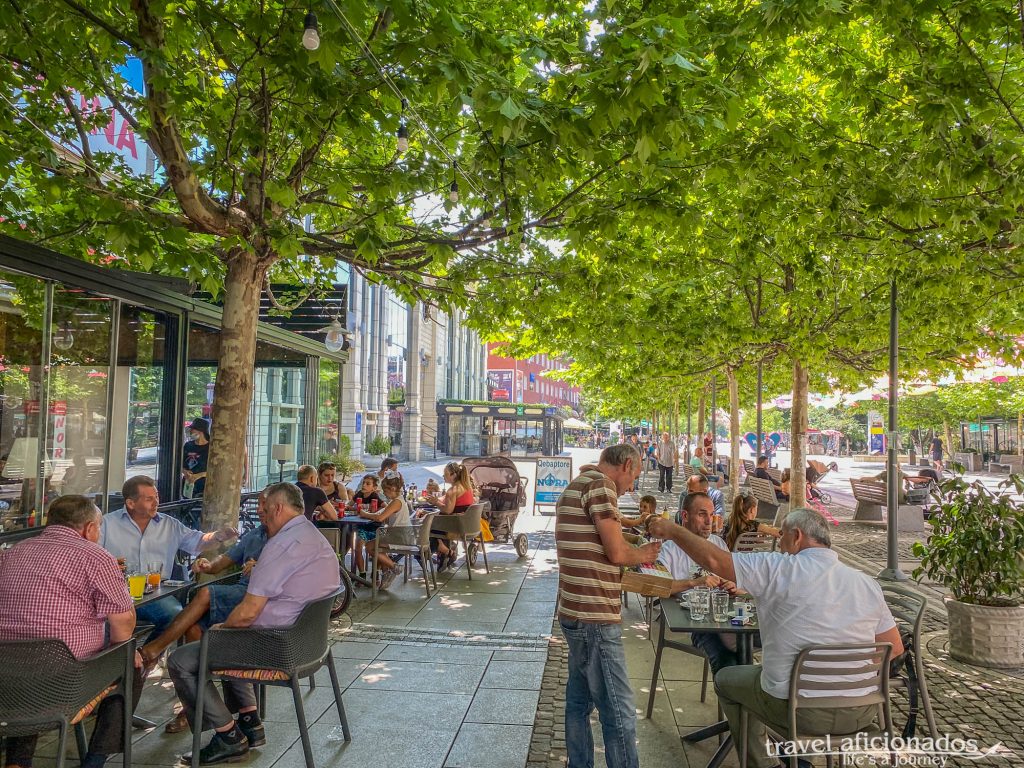
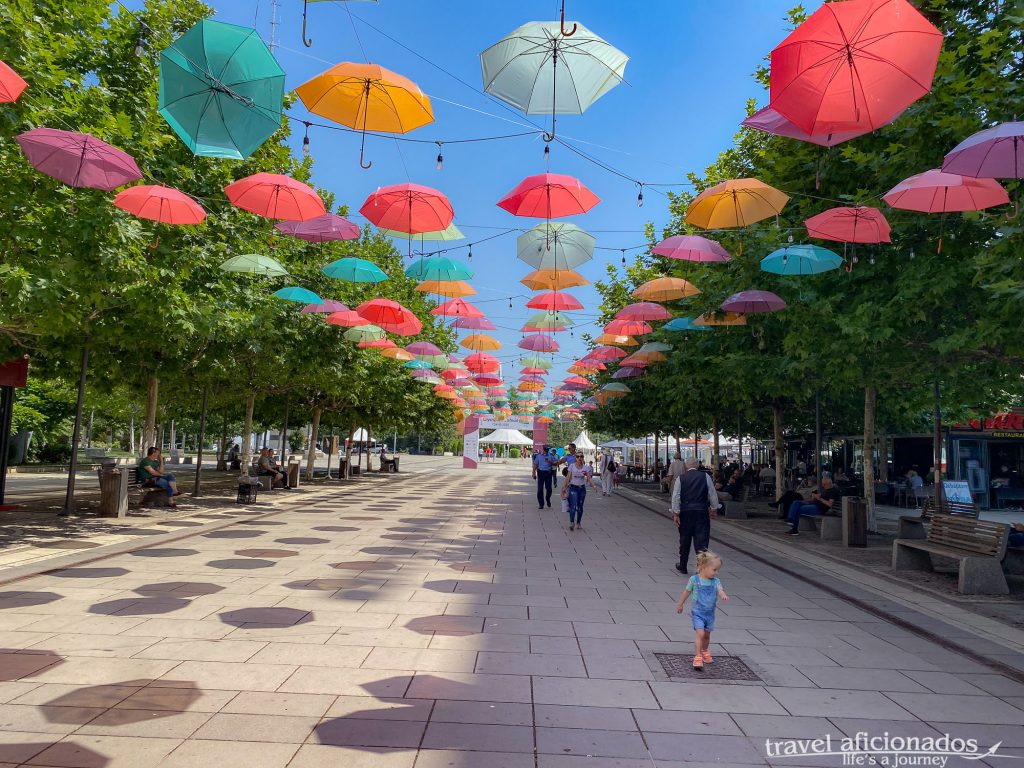
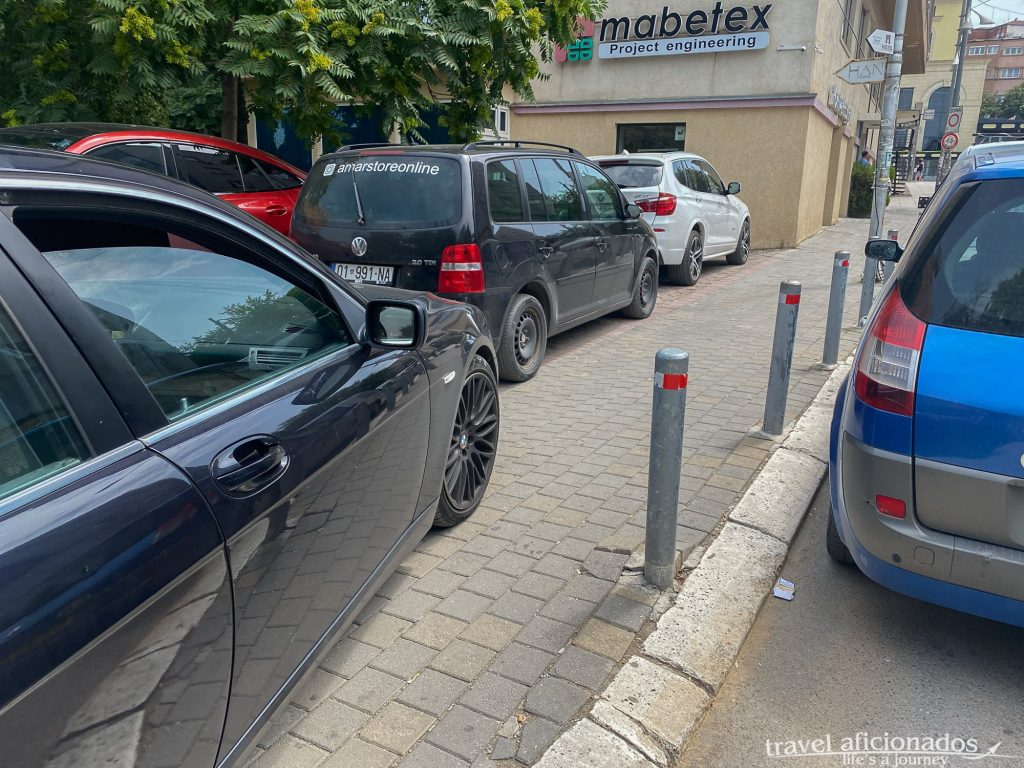
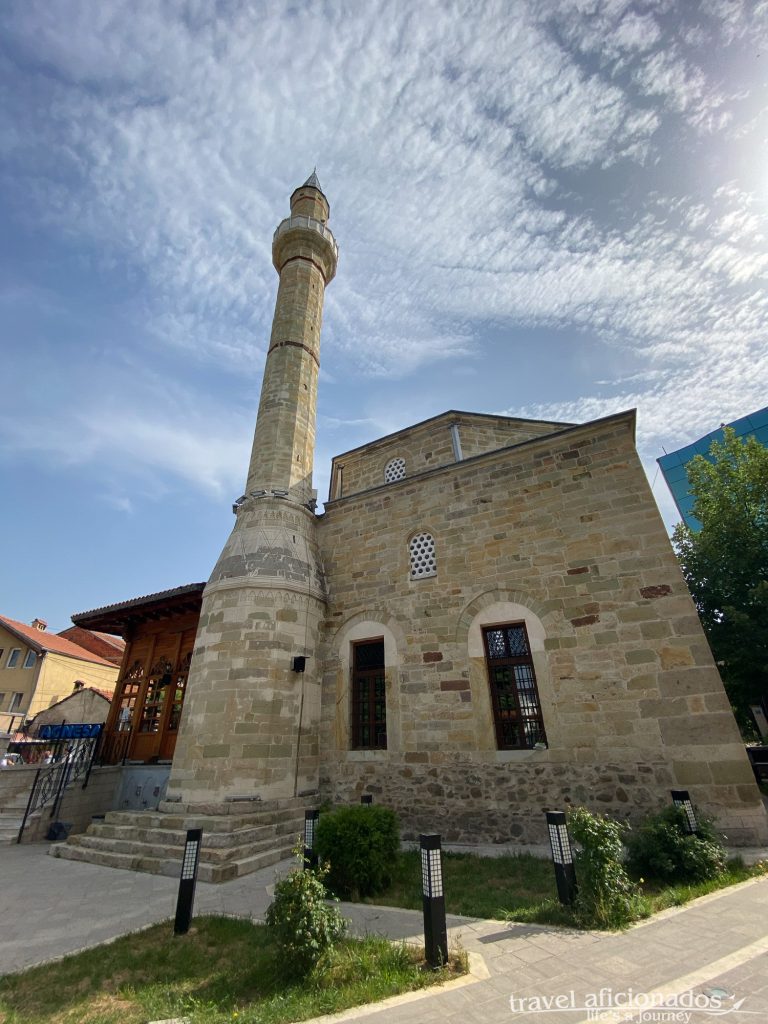
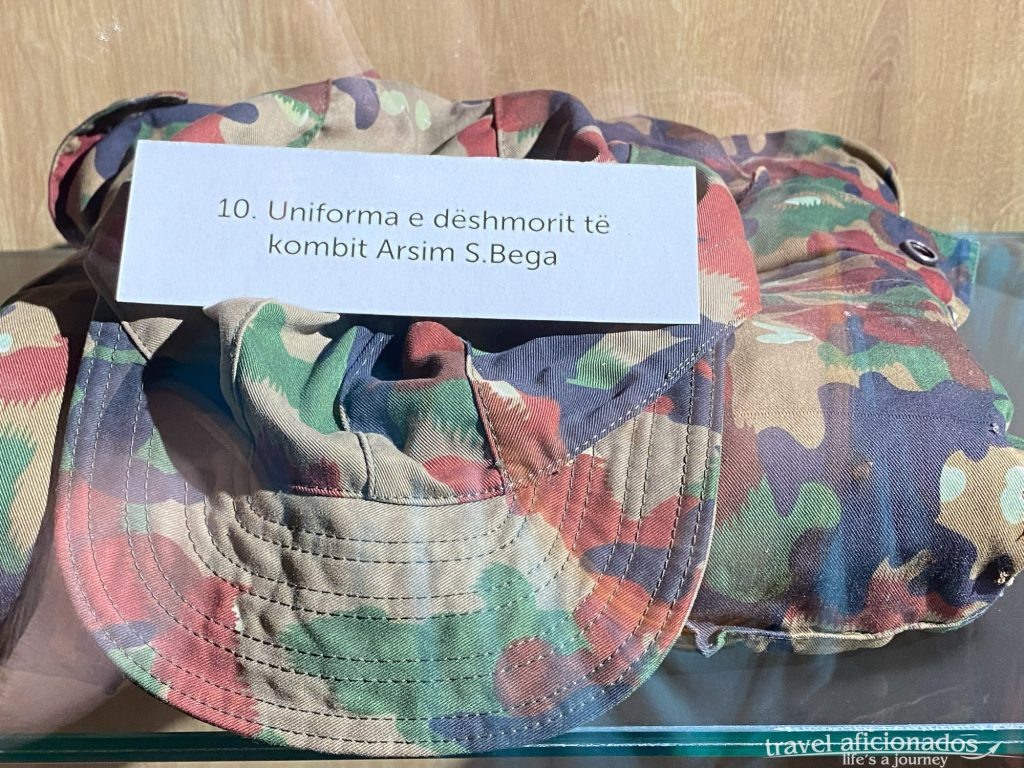
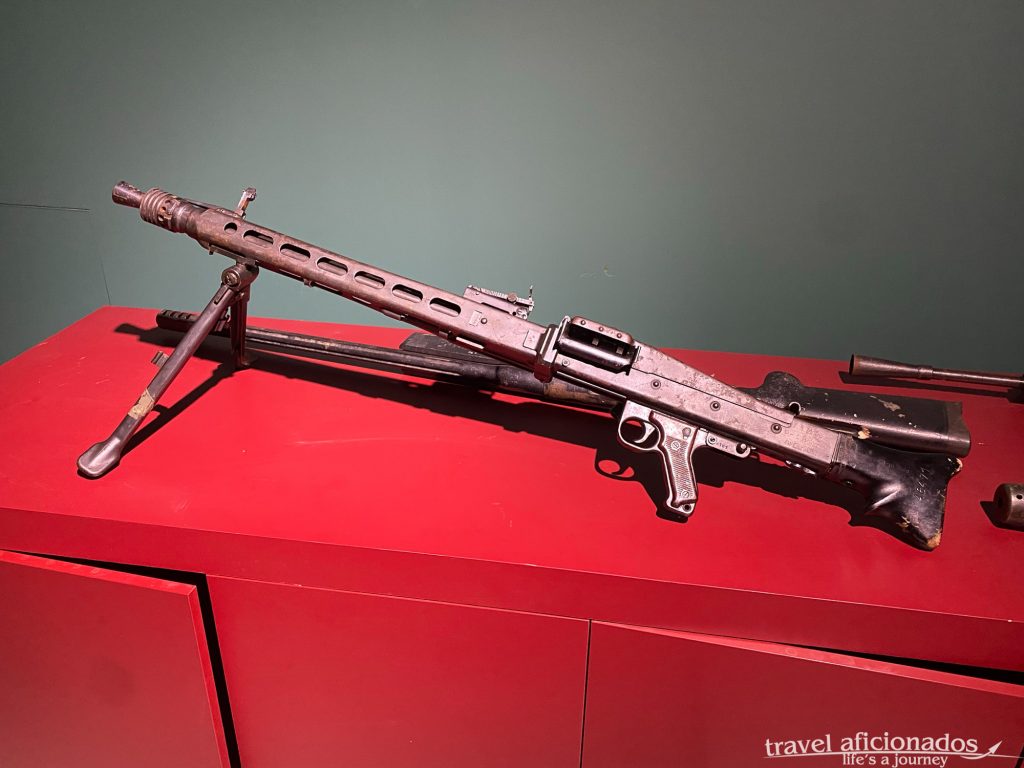
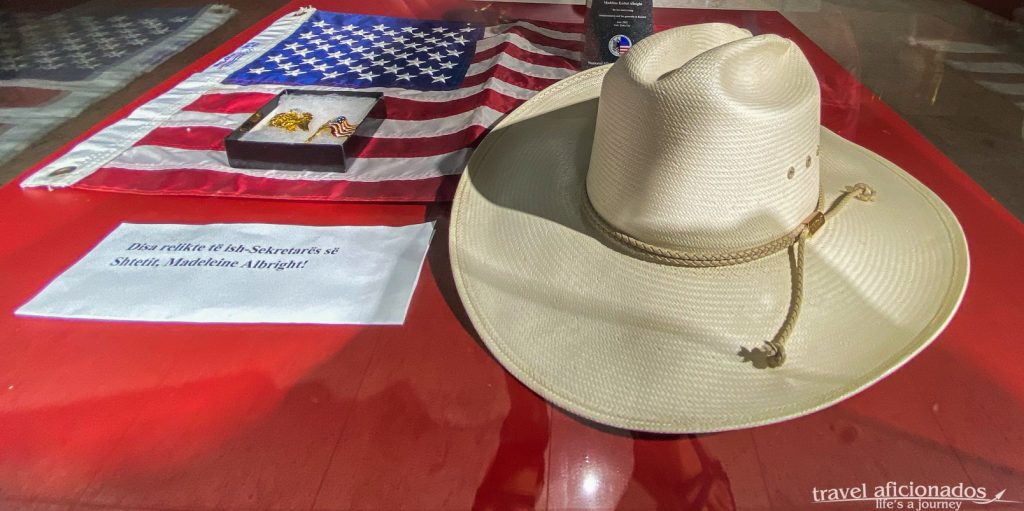
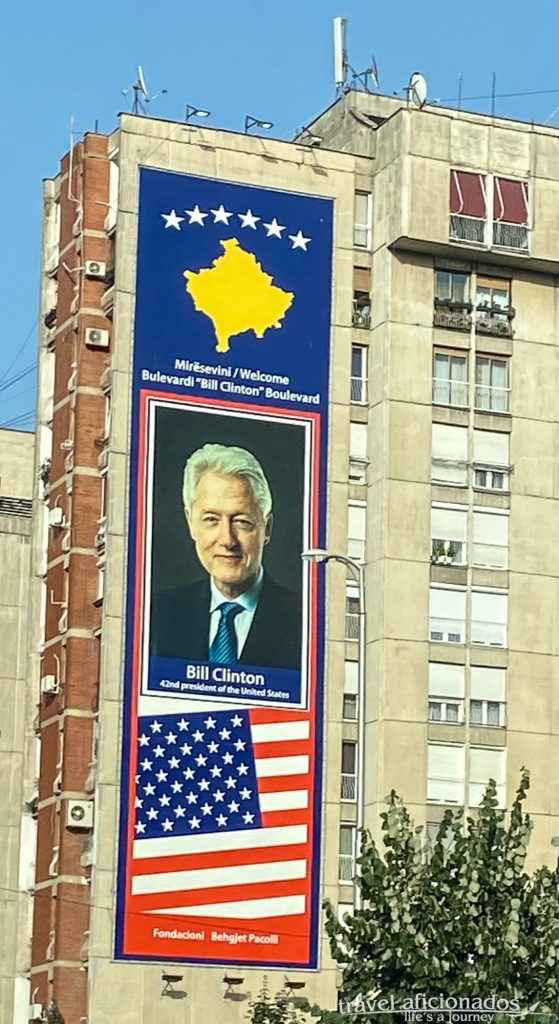
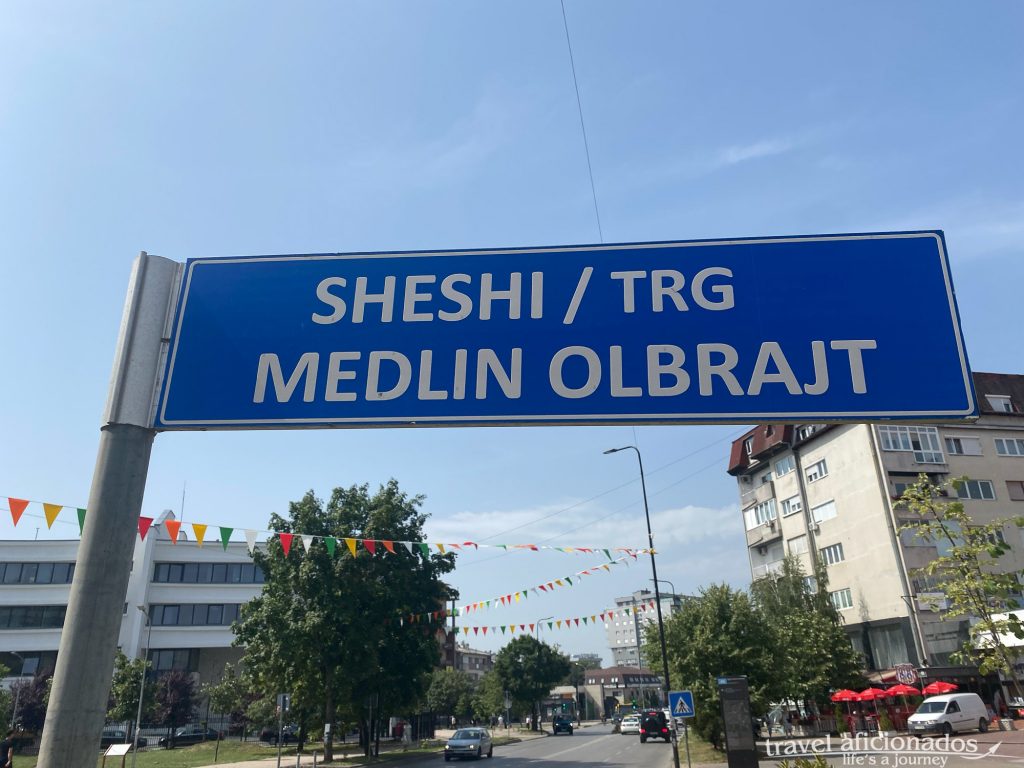
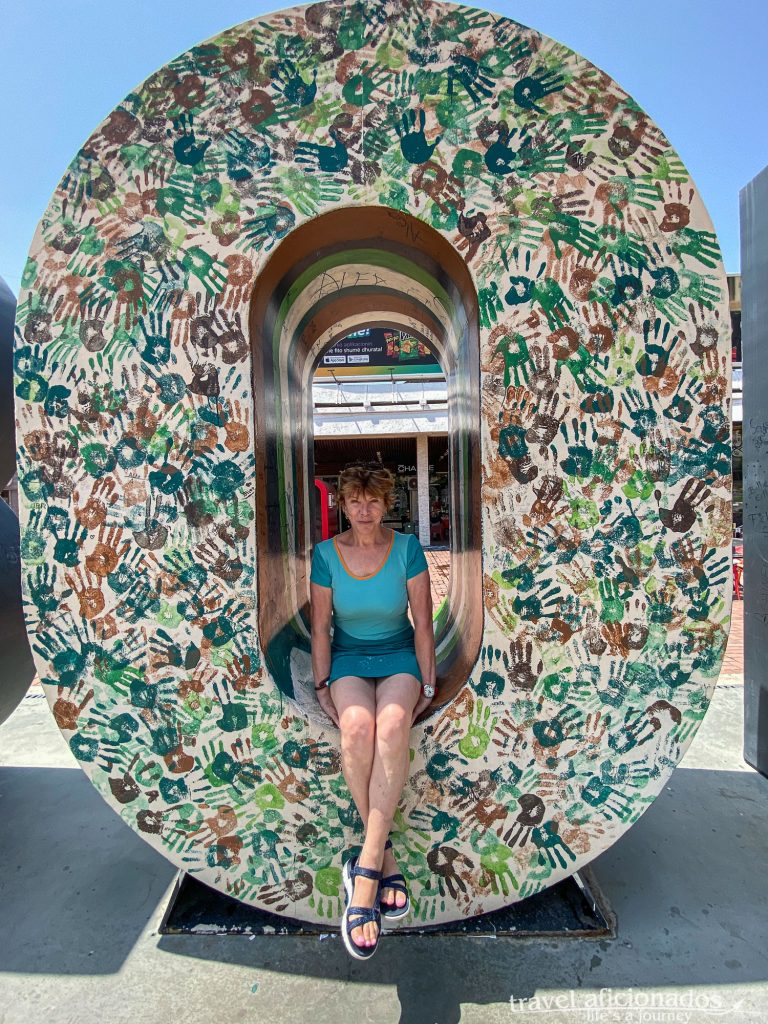
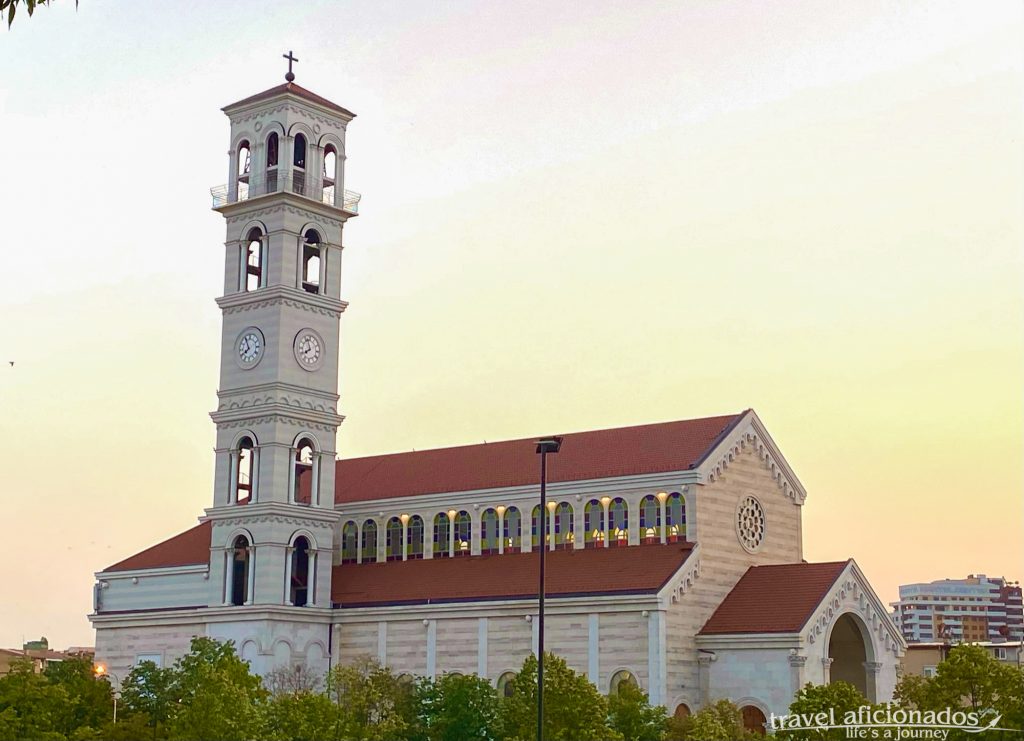
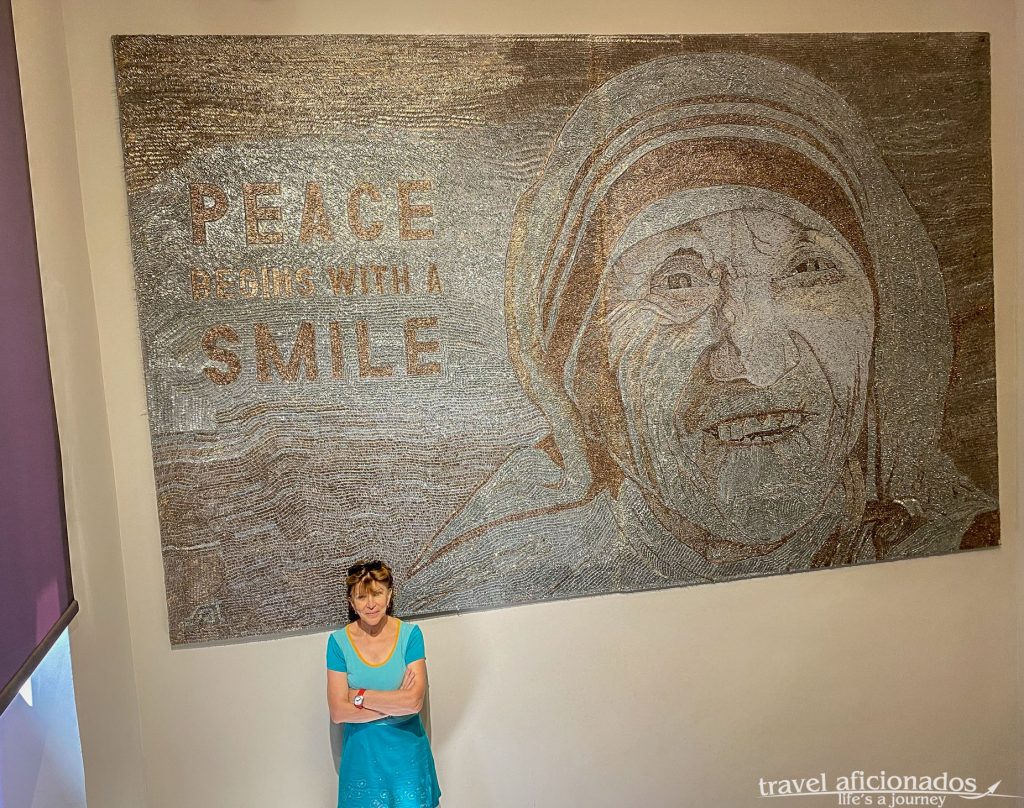
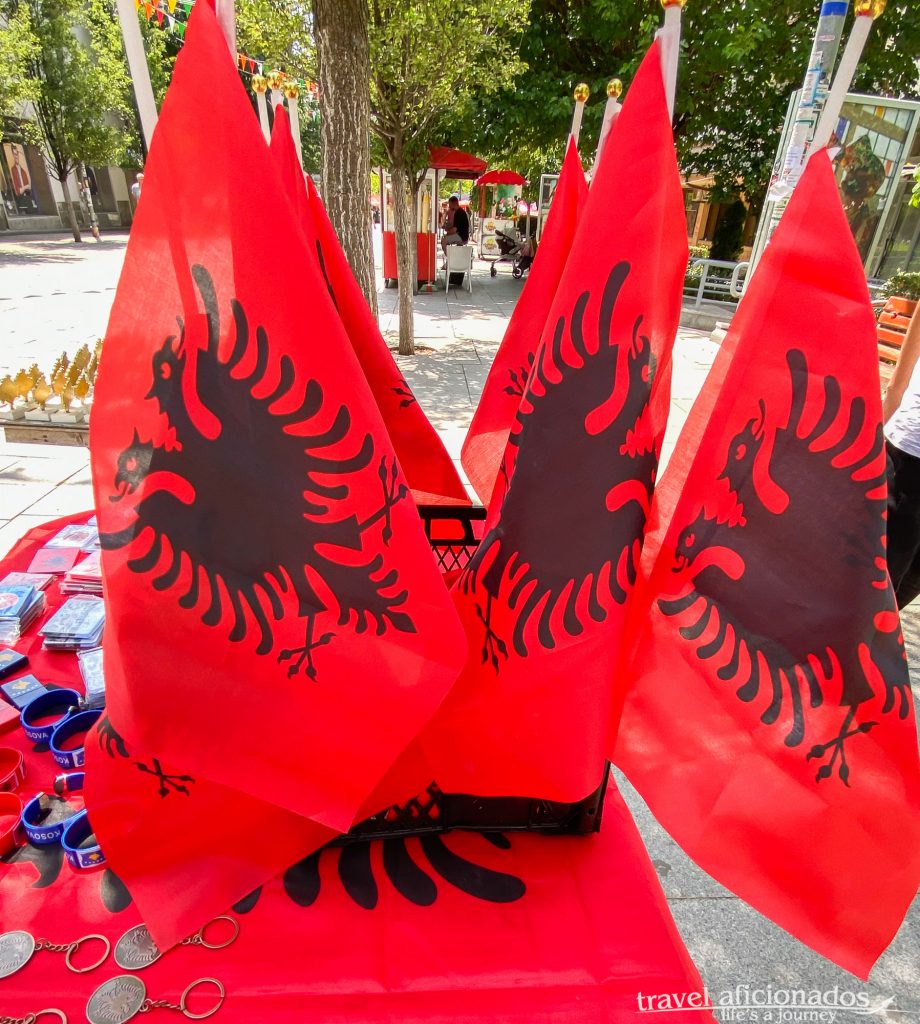
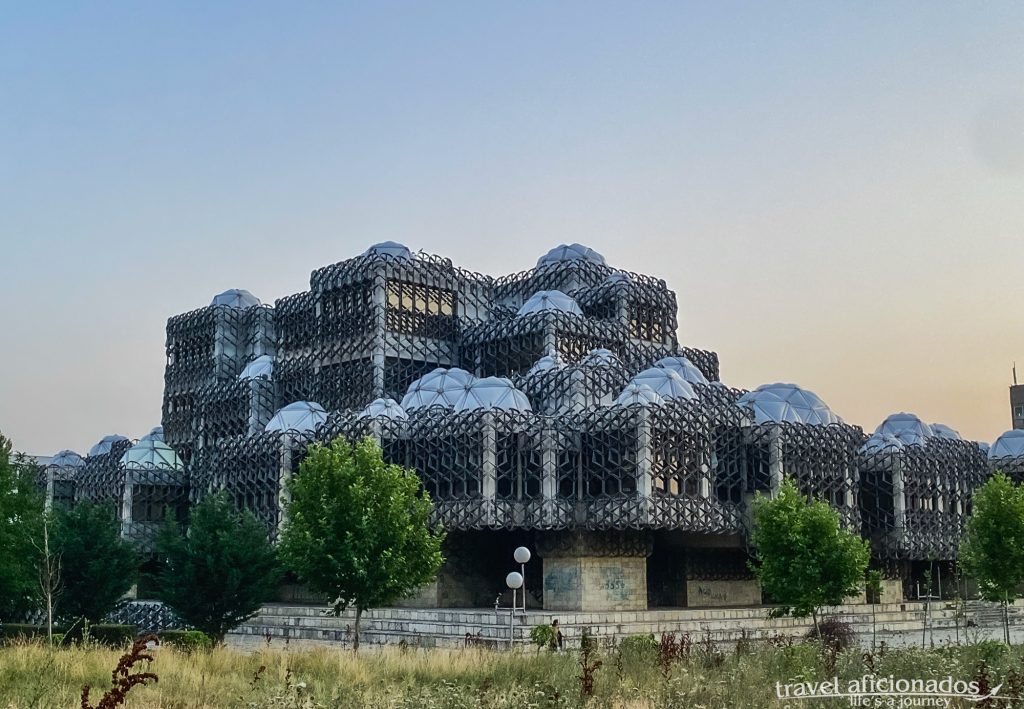
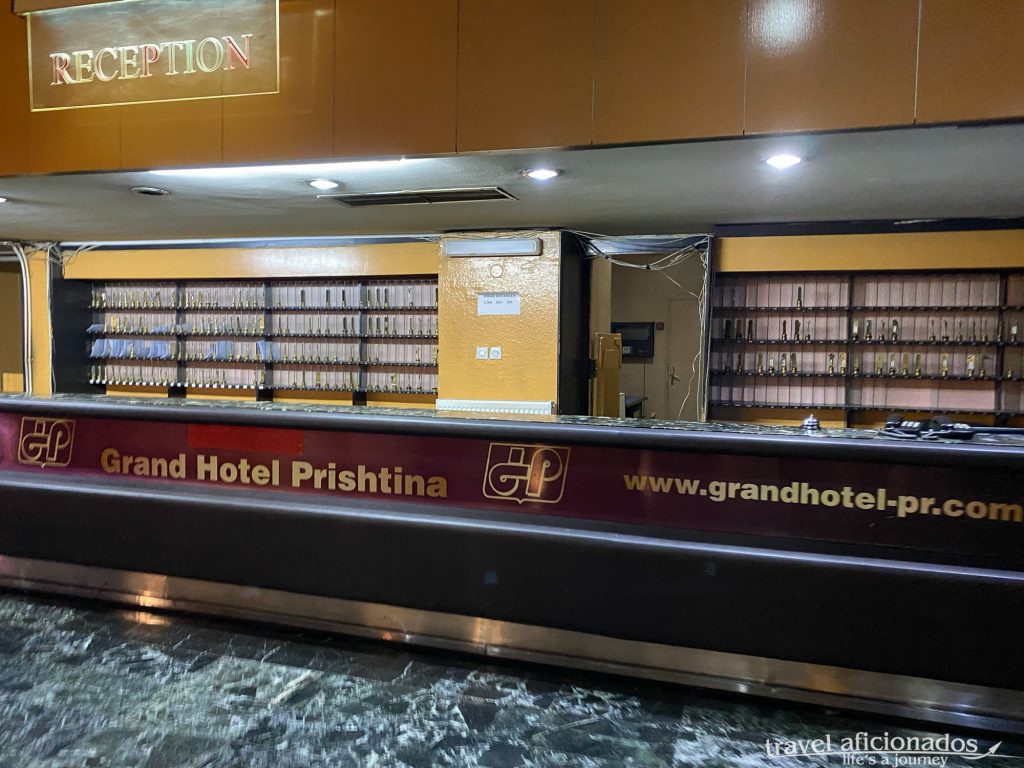
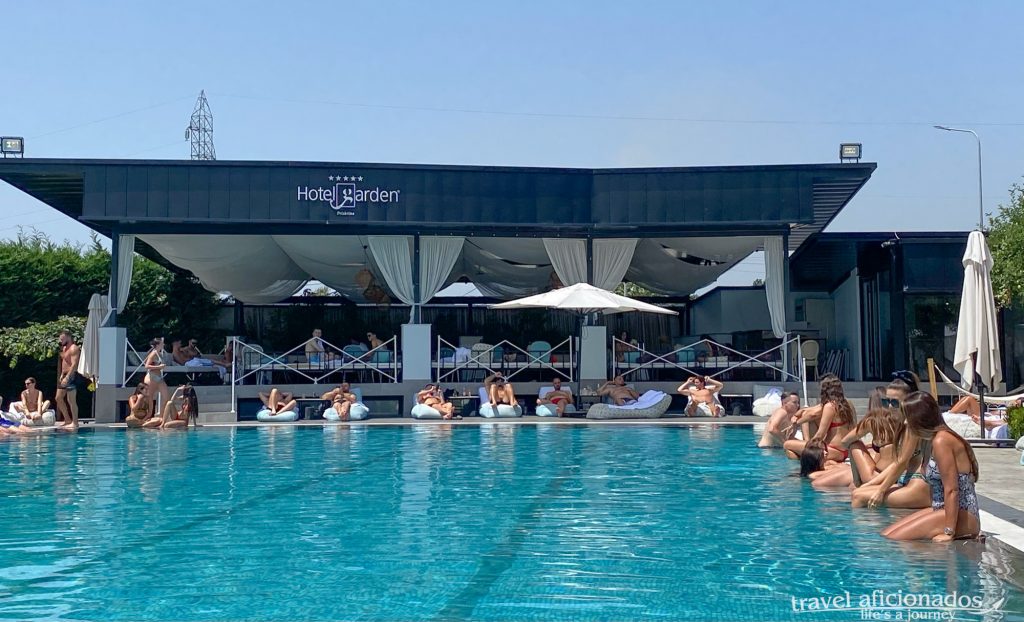
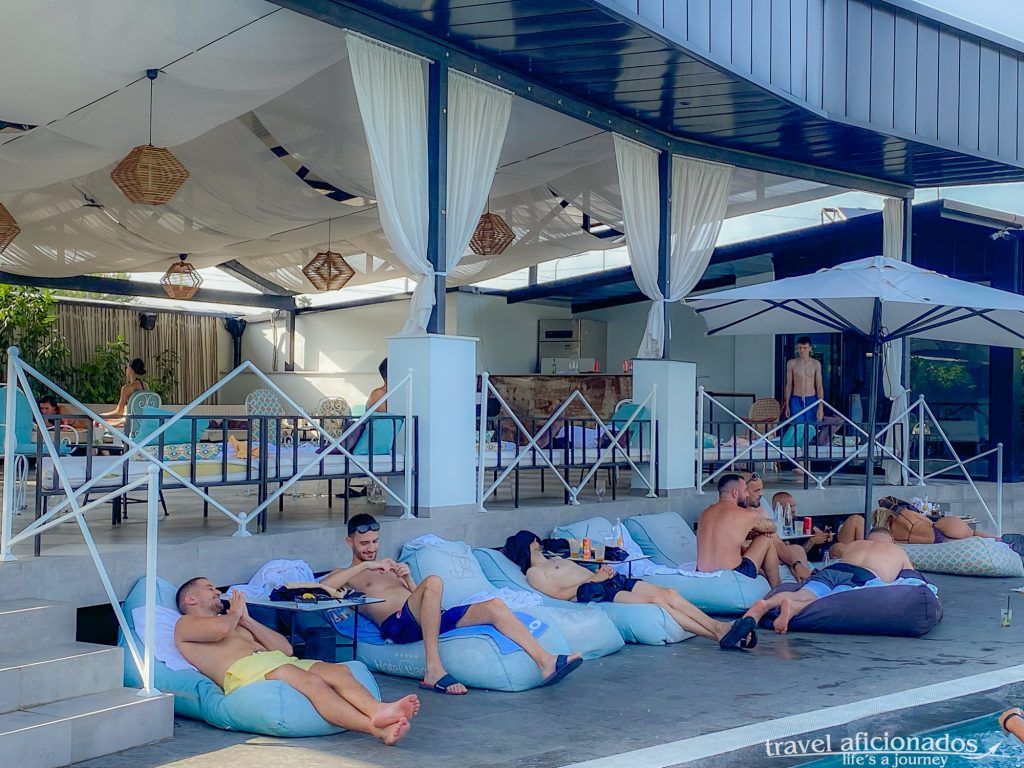
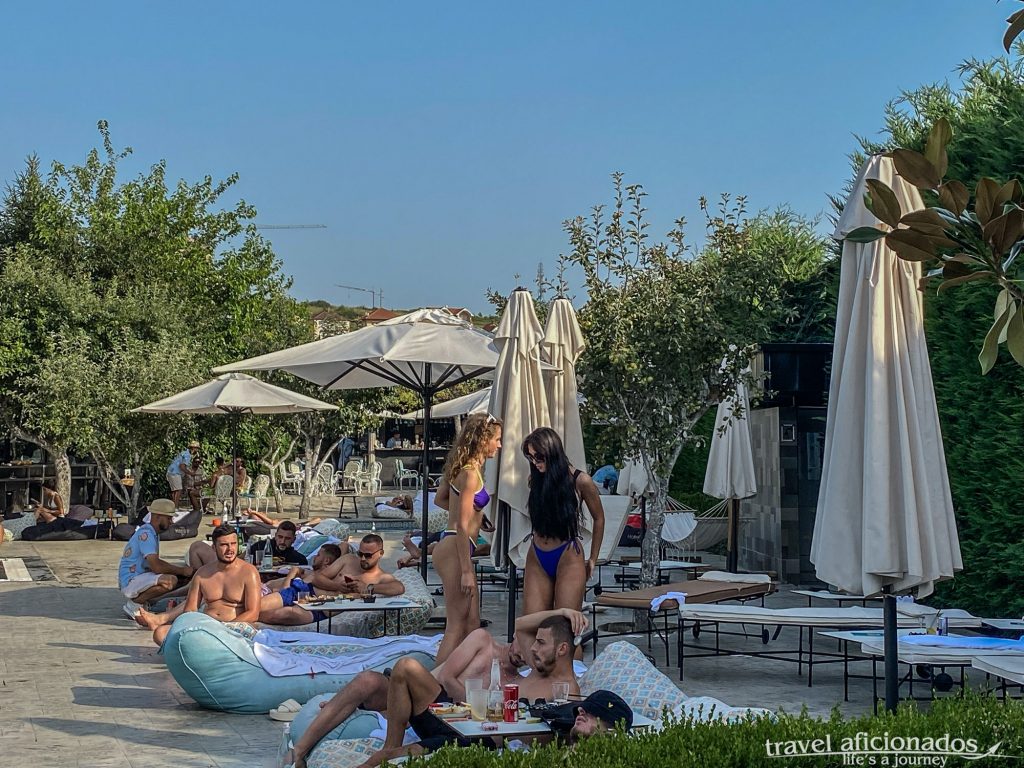
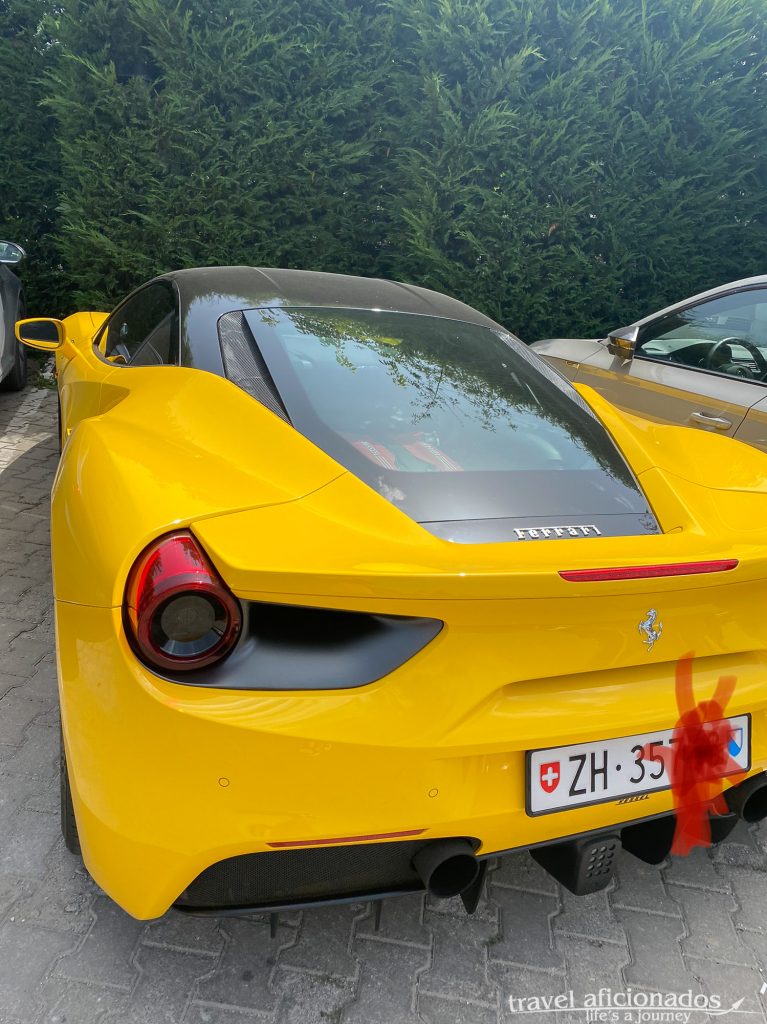
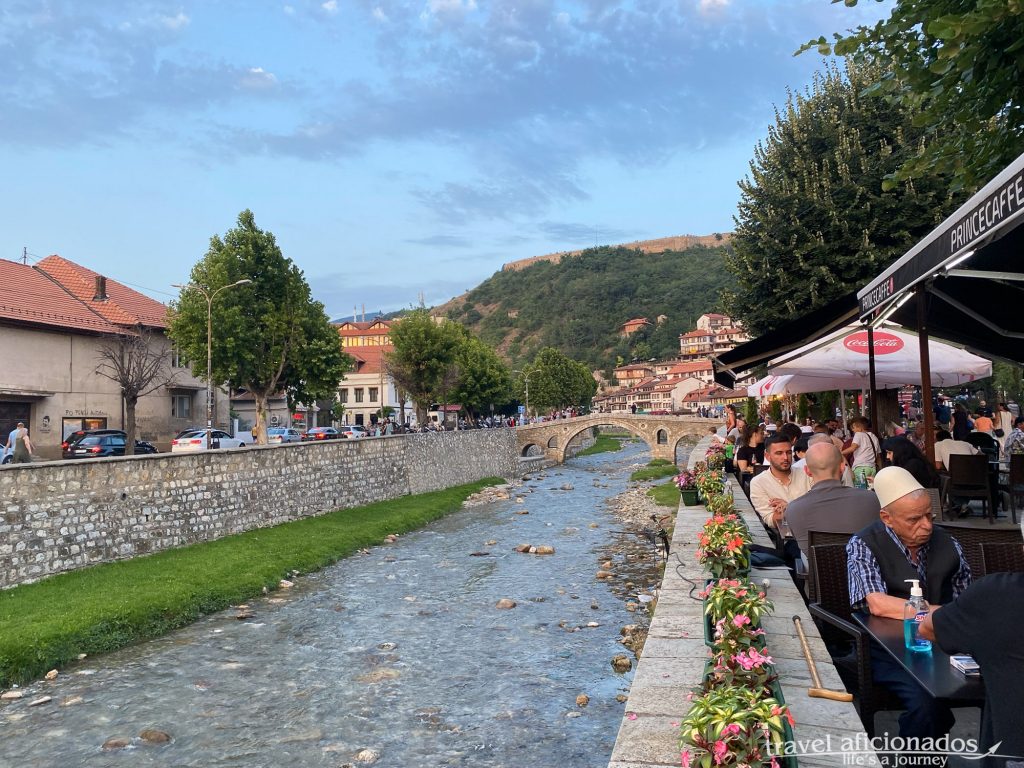
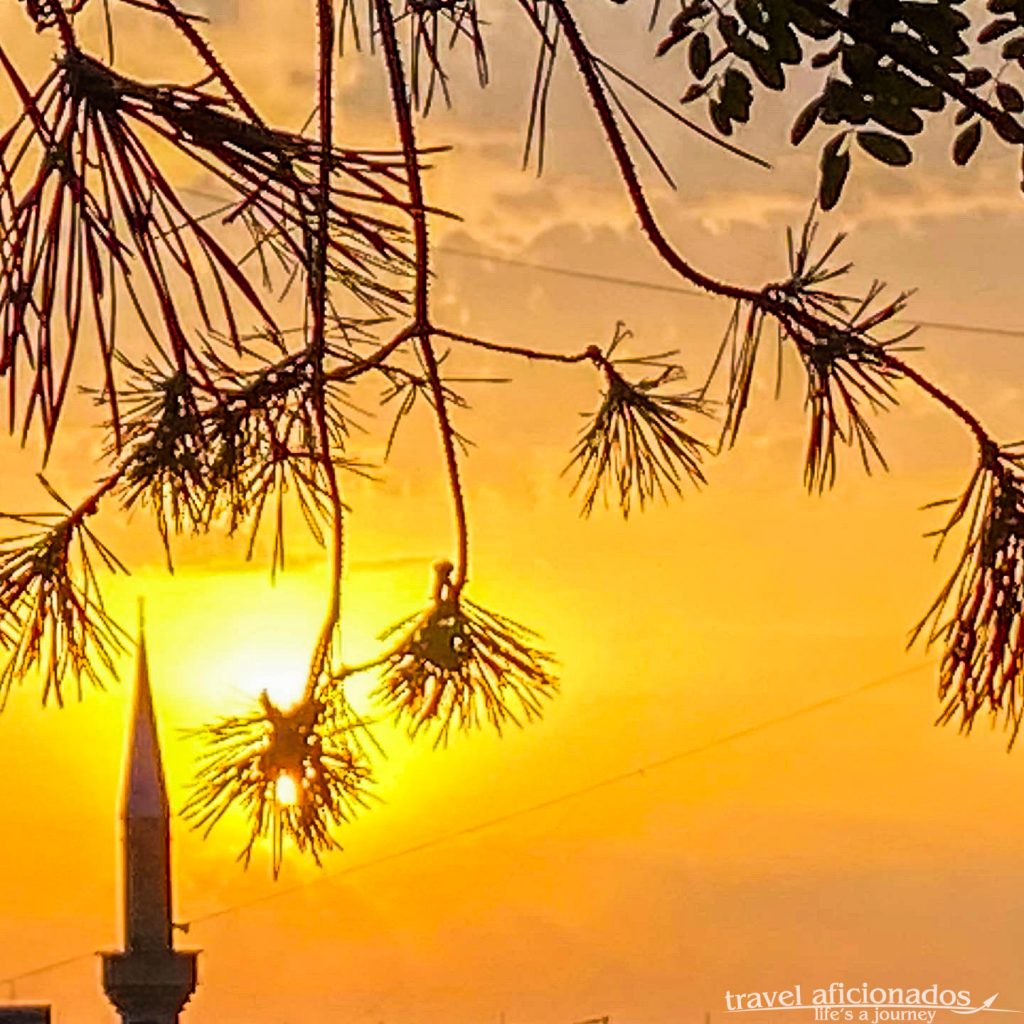
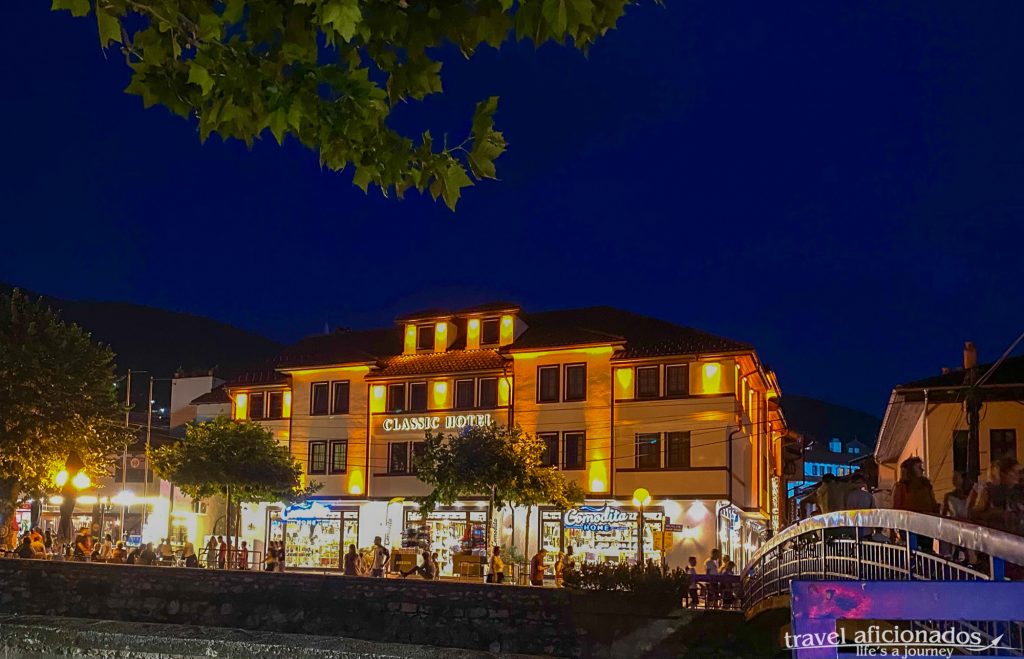
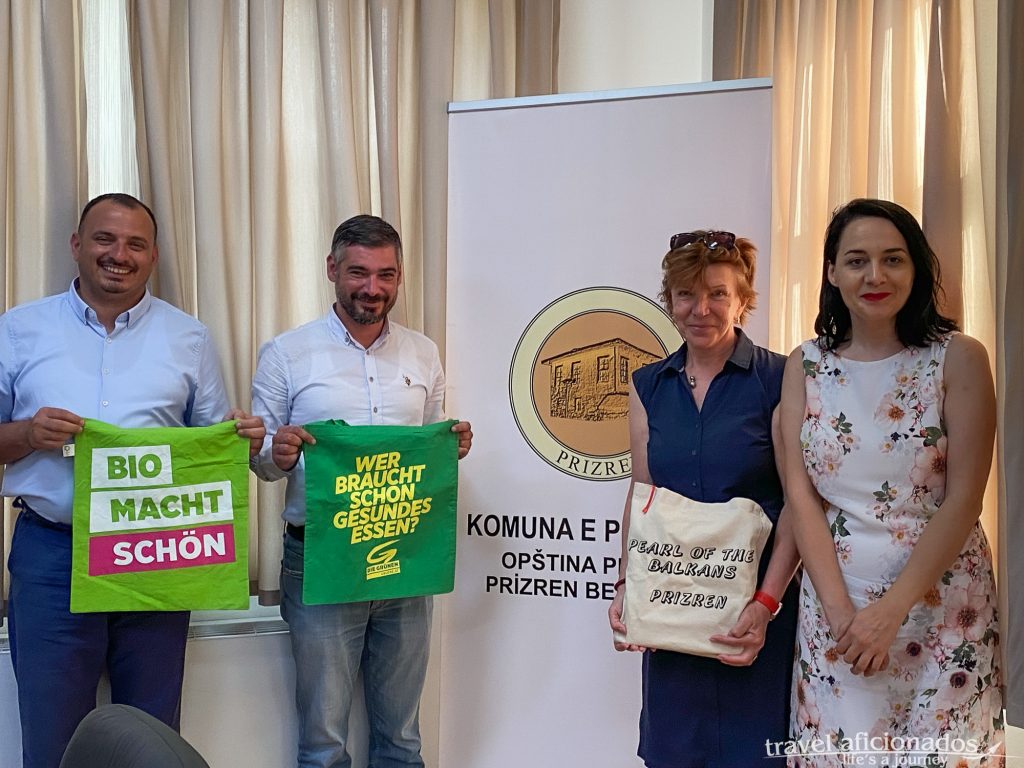
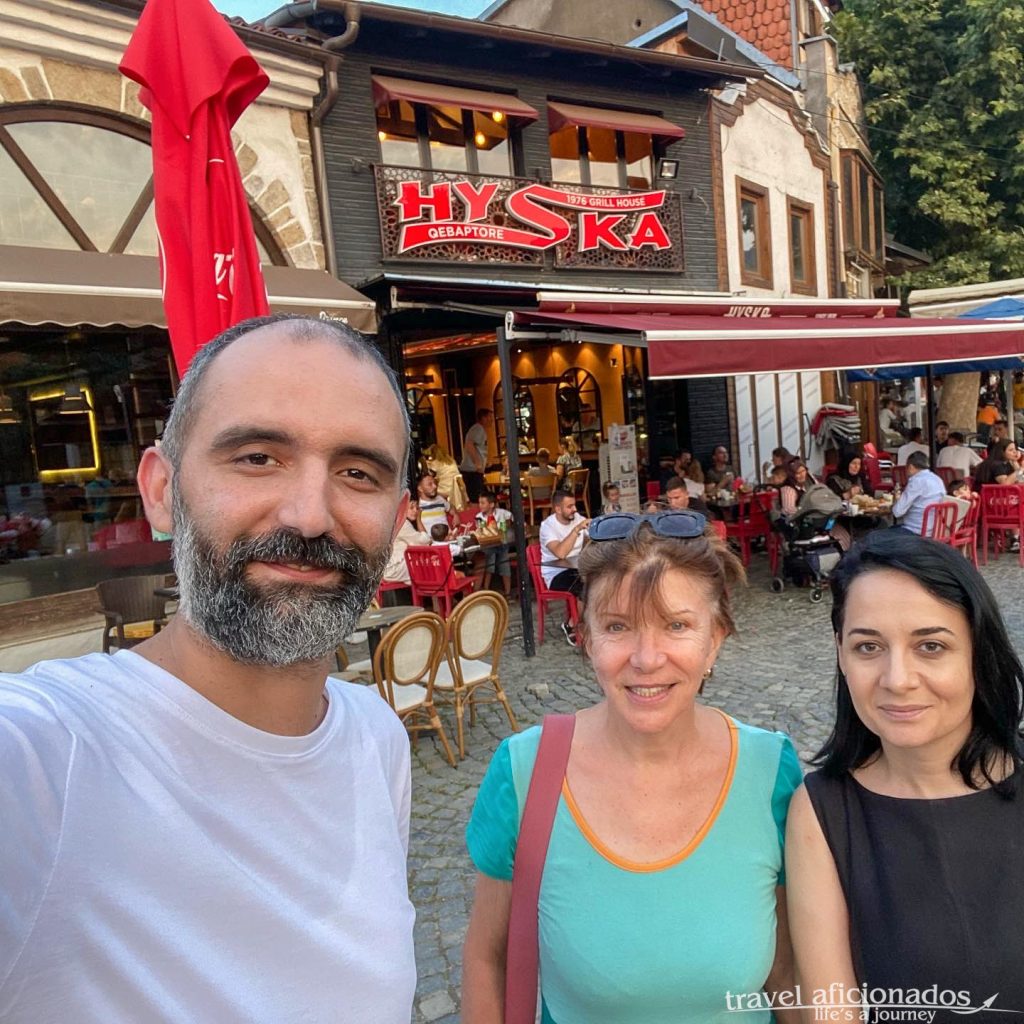
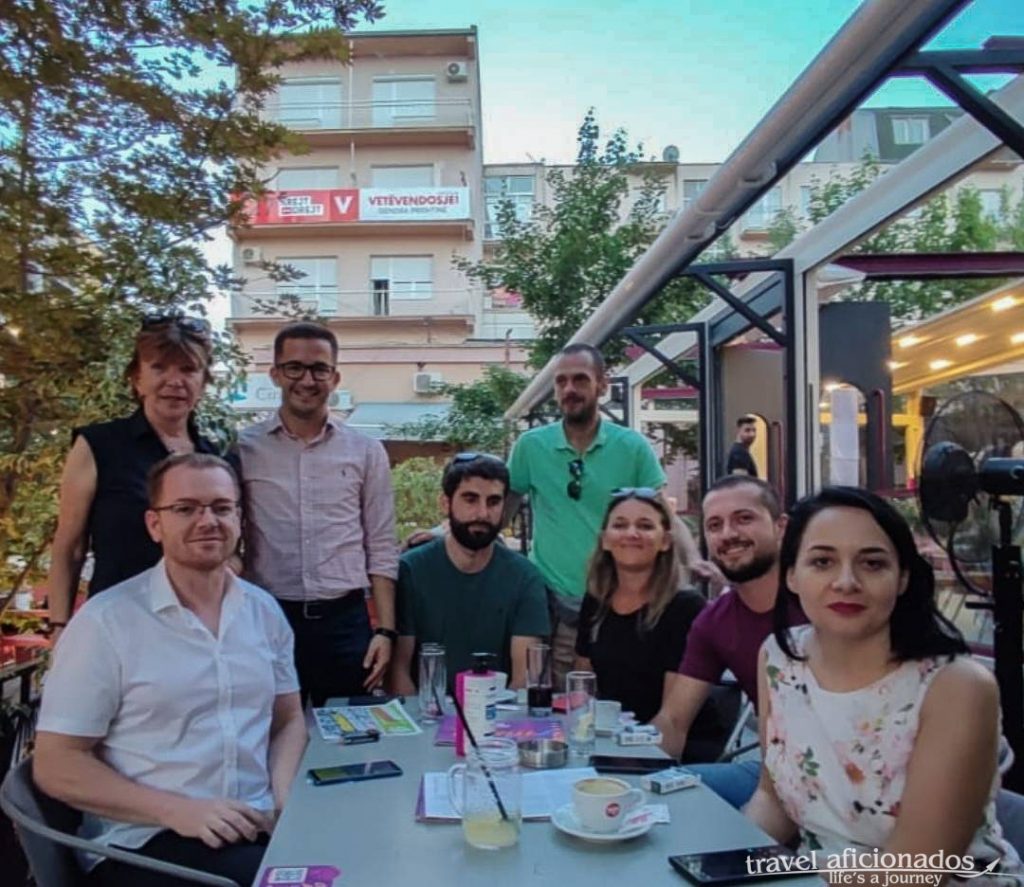
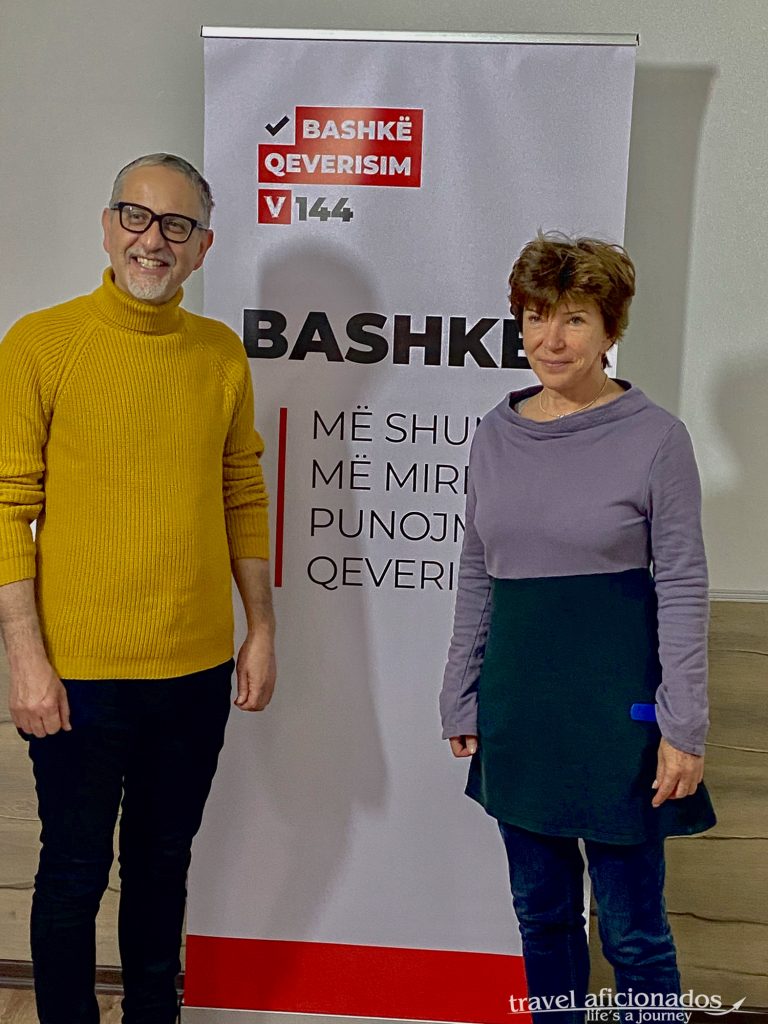
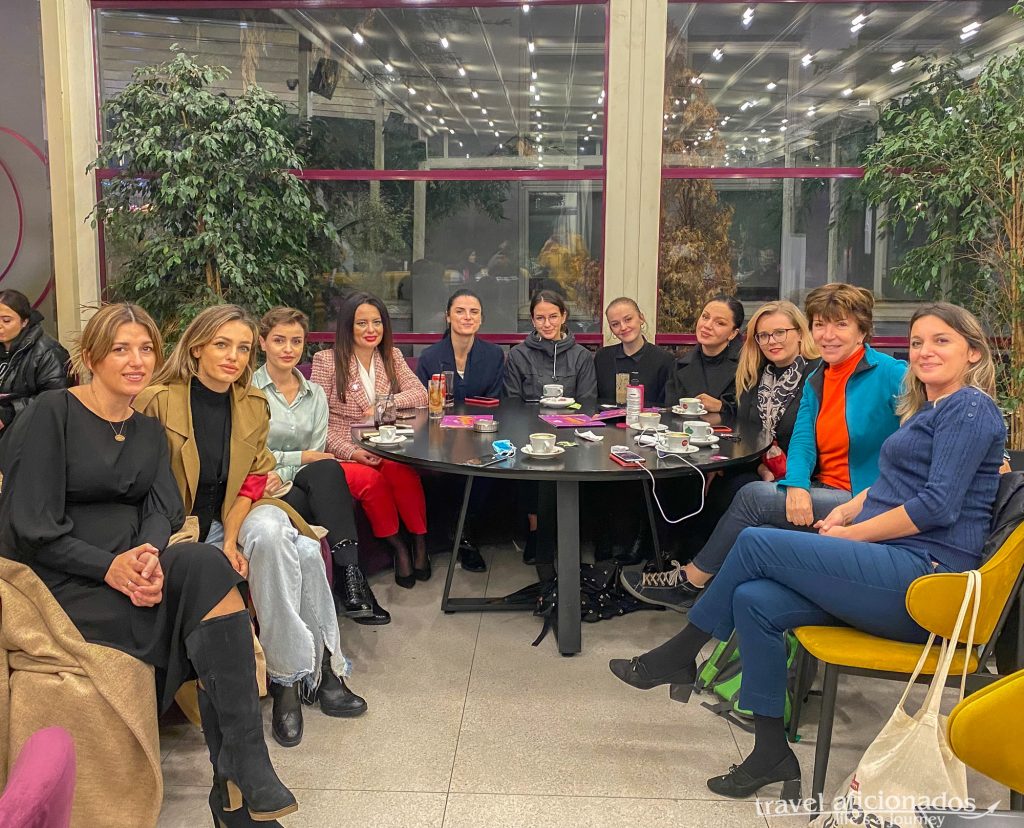
No comments yet.